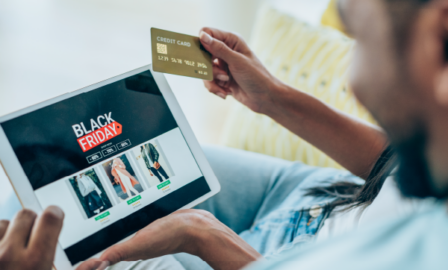The Ins and Outs of Livestream Shopping
Throughout the pandemic, retailers were forced to innovate and identify new ways to engage with customers as stores closed. Livestream shopping quickly appeared as a strategy to combat these challenges with virtual tools. Livestream shopping involves providing a real-time video stream with a host demonstrating or discussing an organization’s products. These streams also provide a way to purchase the product displayed as well as chat functions for participants to connect with the host.
While this was a new trend domestically, it already had a large global foothold garnering approximately $60 billion in 2019 (about the size of US ecommerce sales in 2004). Retailers should be considering this as a viable way to reach shoppers in the new normal post pandemic, as it has a large growth potential and some of the highest conversion metrics of any shopping channel.
How Livestream Shopping Works
Livestreaming traditionally works through partnership with an external livestreaming platform. These include large social networking sites such as Instagram and YouTube, and some livestream-specific partners such as TalkShopLive, Buywith, or Ntwrk. Each platform offers different functionalities and methods to engage with customers. Instagram and YouTube leverage existing social media presences but platforms such as Buywith are social media agnostic and work directly on the retailer’s website. Additionally, some platforms have standard integrations that can be used with website hosts such as Shopify that allow seamless integrations for product information and customer orders.
Cosmetics and apparel are two industries that have already started to invest in livestreaming technology. Rare Beauty is a makeup brand embracing this live interaction through Instagram. Through their Get the Look sessions, their hosts walk through getting ready, using a series of products each linking to their Instagram Checkout page. This can allow a customer to see the product in action and quickly purchase the item they like. Rent the Runway, a fashion subscription service, similarly uses Instagram Live to review new trends and talk about how each article of clothing can fit together in a single outfit. After the live stream, these videos can be left on the brand’s social media page or on the company’s website to be viewed anytime.
Why It Works So Well
Livestream shopping has seen an explosion in use in the past year. As stores closed, retailers sought out ways to create in person shopping experiences within a virtual world. Livestreams provide a way for customers to interact with the host in real time, while learning about the products that are being sold. Customers can ask questions, provide reactions, and give direction to the host to engage in the presentation and learn more about the product. This provides a very tailored and interactive experience, increasing customer interaction and driving purchases.
Through these sessions, hosts can build a trust and rapport with their customers, building direct relationships and increasing the likelihood of conversions and sales. Retailers can also receive similar benefits by using trusted influencer hosts and leveraging their existing fanbase to promote sales.
Livestream can also provide unique sales experiences, allowing for short term flash sales and limited product releases within the session. These features combined with the engagement of the livestream can increase conversion 8 times the usual ecommerce rate and drive increased basket size up to 70%.
Online-only brands are also investing in live streams as this can generate brand awareness and help customers see the product in ways a standalone website cannot.
Adoption and Future
Livestreaming is growing in the US but is still in limited use. According to Coresight Research, live shopping is estimated to reach about $6 billion this year and reach about $25 billion by 2023. In China however, livestreaming already has a significant presence with nearly 30% of the population (420 million people) viewing a livestream in 2019, which is greater than the population of the US. The pervasiveness of this retail channel in China foreshadows its appearance in the US. Like shopping on mobile devices or the concept of pop up shops, we can expect this trend to continue to grow in the US.



